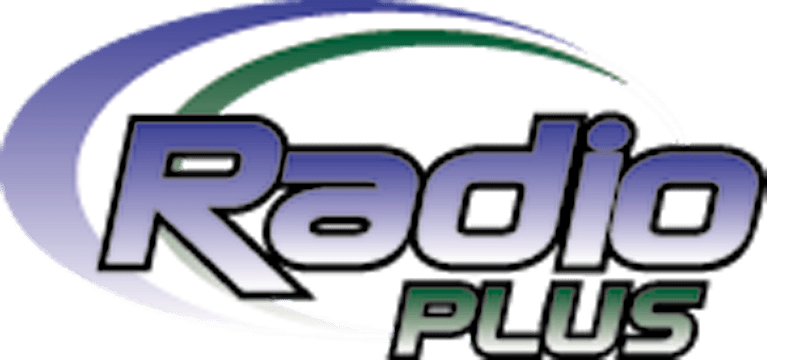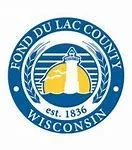A low-speed vehicle (LSV) must meet the National Highway Traffic Safety Administration’s (NHTSA) Federal Motor Vehicle Safety Standards and must have a certification label stating that the vehicle meets those standards. A golf cart is not considered an LSV.
An LSV:

Wisconsin LSV license plate
- has four wheels.
- has a top attainable speed in one mile of more than 20 mph and not more than 25 mph on a paved level surface.
- has a gross vehicle weight rating of less than 3,000 pounds.
- is self-propelled by gas or electric power (also known as “neighborhood electric vehicles”).
- is exempt from state emissions testing.
- is not required to display a slow moving vehicle sign.
Operation on local roads
LSVs may be operated:
- on local or county roads that have a speed limit of 35 miles per hour or less.
- on connecting highways having a speed limit of 25 miles per hour or less, or if allowed by the local municipality, having a speed limit of 35 miles per hour or less.
- across numbered state highways where the state highway has a speed limit of 35 miles per hour or less and the intersection has traffic control signals.
LSVs may never travel on or across expressways, freeways, interstate highways or other controlled-access highways.
Driver license required
The operator of an LSV must have a valid regular or probationary driver license and follow all traffic laws.
Insurance required
Just like automobiles, LSV operators must have a motor vehicle liability policy in effect that covers the LSV and meets minimum required coverage. The LSV operator must display proof of insurance coverage upon demand from any traffic officer.
Title and registration
For operation on public roads, a LSV must be titled and registered through the DMV.
- The biennial registration fee is $23, with expiration on April 30 of even-numbered years (see pro-rated fee chart).
- The registered owner may transfer the plate to another LSV when the vehicle is sold.
- The title fee for LSVs is $157.
- Unless exempt, LSVs are subject to state and local sales and use tax.
To receive LSV title and registration, you must mail a completed MV14 application form for title and registration and fees to the DMV. Local DMV customer service centers cannot provide title and registration services for these vehicles.
Keep a copy of the application in your vehicle until you receive the Certificate of Vehicle Registration and license plate. When you receive the title, keep it in a secure place, not in the vehicle.
To apply, send:
- The original Certificate of Title, or Manufacturer Certificate (or Statement) of Origin signed by the previous owner or dealer.
- Completed and signed Wisconsin Low Speed Vehicle Title and License Plate application MV14. Keep a copy of the completed form for your records.
- A photograph of the federal certification label on the vehicle. The certification label reads “this vehicle conforms to all applicable federal motor vehicle standards…” and will list the type of vehicle on the label.
- Registration fee (see pro-rated fee chart).
- $157 title fee. There is no title transfer fee for surviving spouse or registered domestic partners.
- Sales tax (if applicable).
- Local sales tax (if applicable).
- Check or money order made payable to Registration Fee Trust.
- Mail the application and fee to:
Wisconsin Department of Transportation
P.O. Box 7949
Madison, WI 53709-7949
LSV disabled parking information
Customers who have and display a valid parking identification (DISID) card may park an LSV in public parking spaces reserved for individuals with a disability that impairs the ability to walk. However, to prevent the theft of the DISID card, WisDOT does not recommend using the card in an LSV if the vehicle cannot be securely locked. Current state law does not allow the issuance of license plates for LSVs for disabled parking spots.
I hope this helps clear up confusion regarding slow moving vehicles.
Thank you and God Bless,
Mayor Rohn







